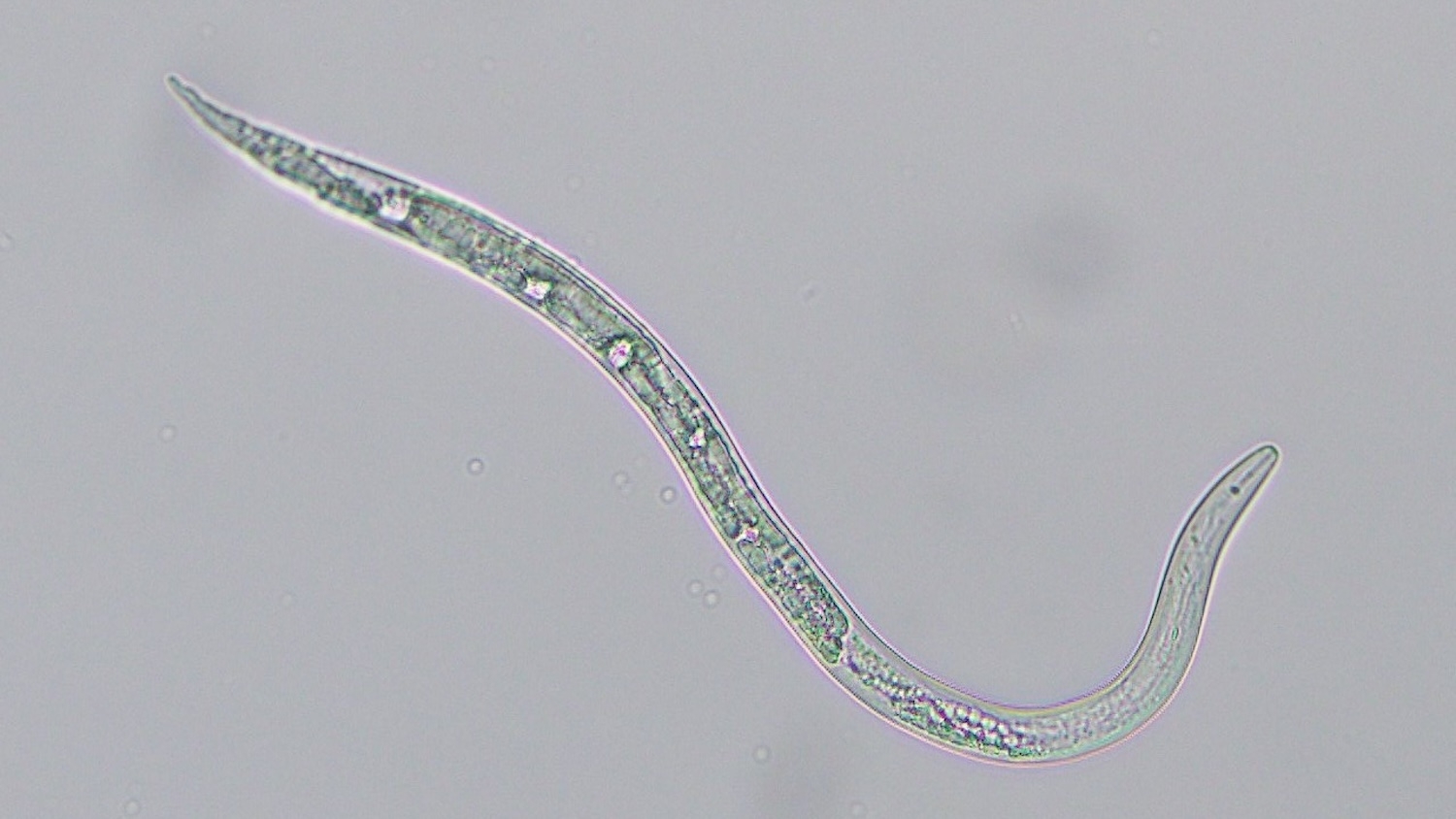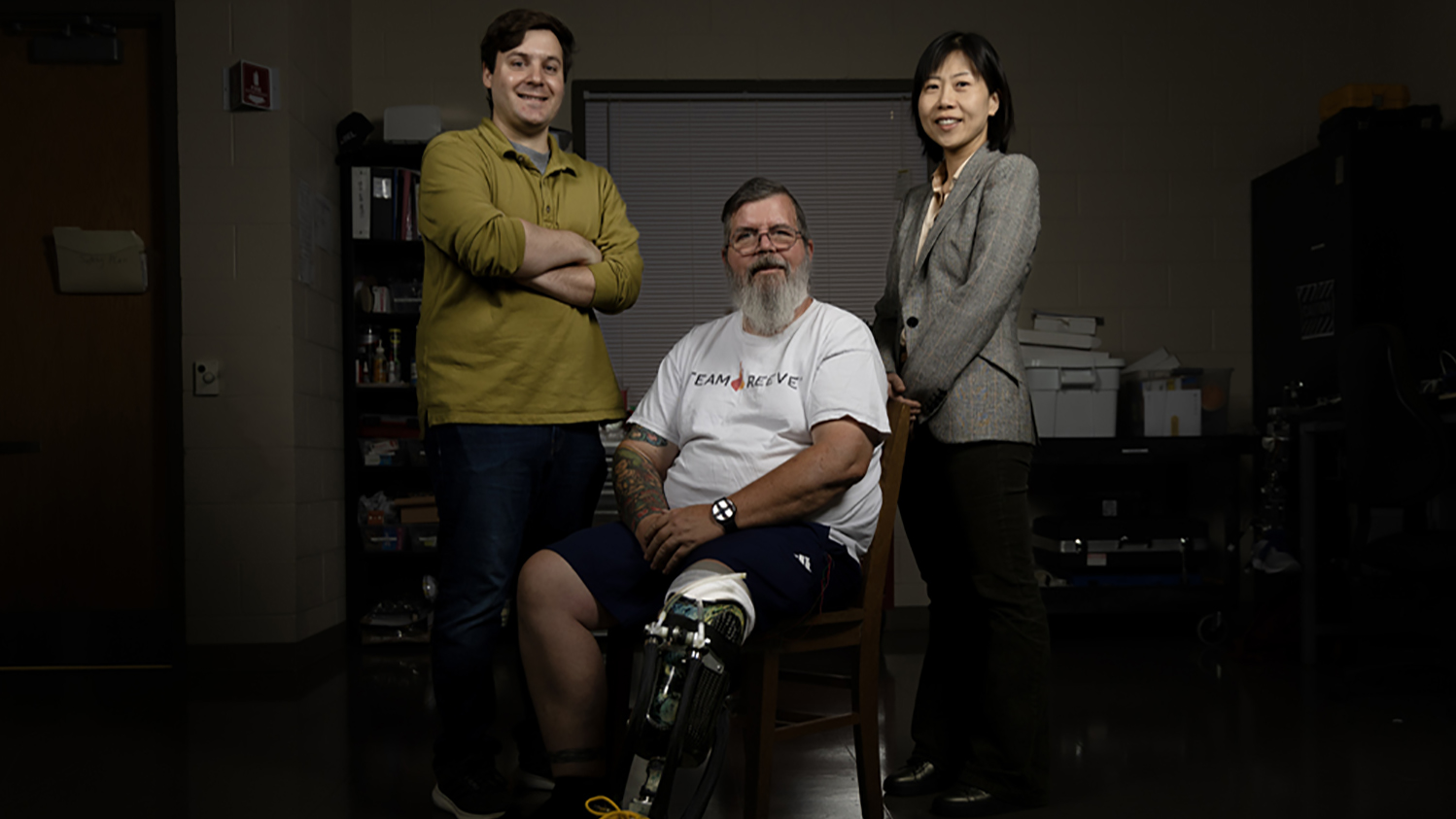More accurate readings without the goop
 A new wearable sensor that uses silver nanowires to monitor electrophysiological signals such as electrocardiography (EKG) or electromyography (EMG) offers improved vital sign readings.
A new wearable sensor that uses silver nanowires to monitor electrophysiological signals such as electrocardiography (EKG) or electromyography (EMG) offers improved vital sign readings.
Dr. Yong Zhu, associate professor of mechanical and aerospace engineering and senior author of a paper describing the work, said the sensor is as accurate as the “wet electrode” sensors used in hospitals, but can be used for long-term monitoring and is more accurate than existing sensors when a patient is moving.
Long-term monitoring of electrophysiological signals can be used to track patient health or assist in medical research and may also be used in the development of new powered prosthetics that respond to a patient’s muscular signals.
Electrophysiological sensors used in hospitals, such as EKGs, use wet electrodes that rely on an electrolytic gel between the sensor and the patient’s skin to improve the sensor’s ability to pick up the body’s electrical signals. However, this technology poses problems for long-term monitoring because the gel dries out – irritating the patient’s skin and impacting the sensor’s accuracy.
The new nanowire sensor is comparable to the wet sensors in terms of signal quality, but is a “dry” electrode – it doesn’t use a gel layer, so it doesn’t pose the same problems that come with wet sensors.
“People have developed other dry electrodes in the past few years, and some have demonstrated the potential to rival the wet electrodes, but our new electrode has better signal quality than most – if not all – of the existing dry electrodes. It is more accurate,” says Zhu. “In addition, our electrode is mechanically robust, because the nanowires are inlaid in the polymer.”
Return to contents or download the Fall/Winter 2015 NC State Engineering magazine.
- Categories:


